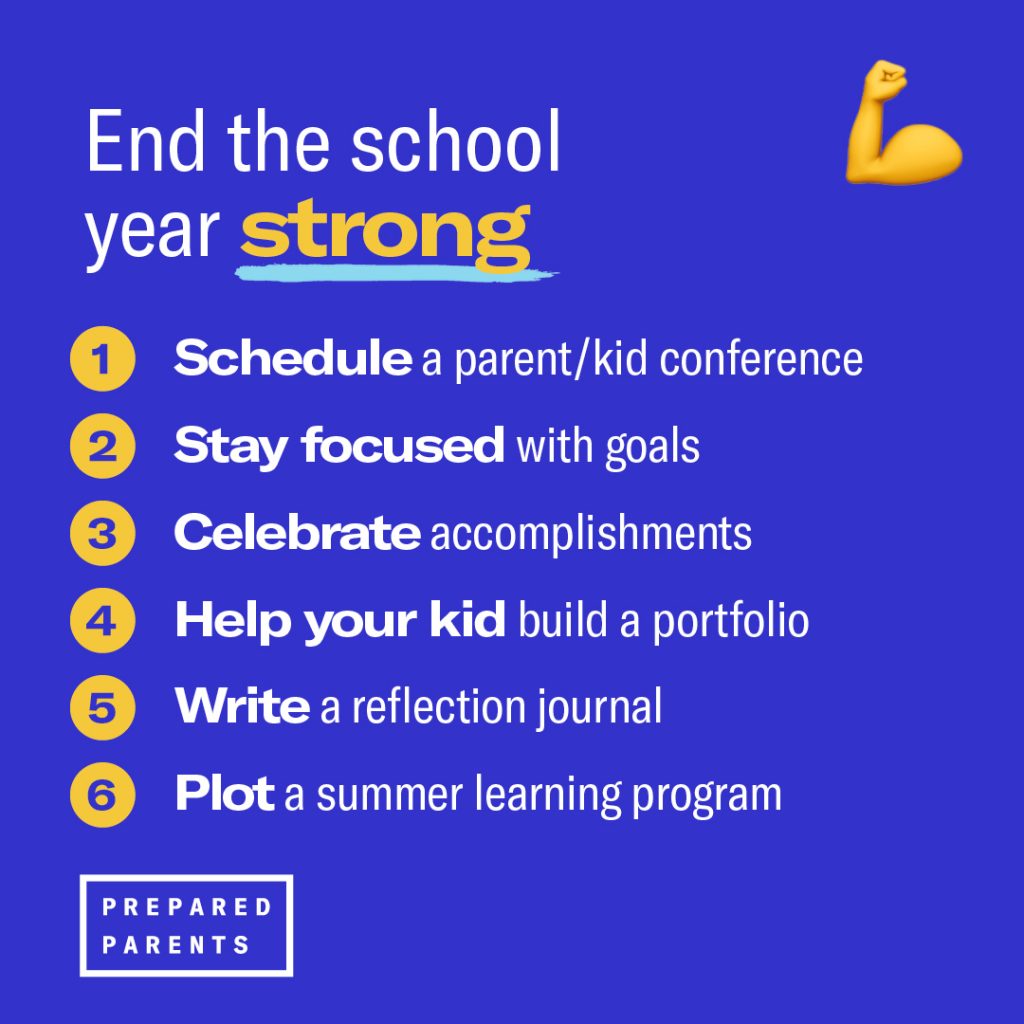Kids need a second wind to stay the course. For a long-distance runner who’s exhausted, the phenomenon known as a second wind is what propels them forward. Just when they feel like they can’t take another step, their breathing becomes less labored, they’re overcome with increased confidence, and their performance improves. Is this new level of energy possible for students too? Yes.

It’s tough to focus when thoughts of a season of leisure are front and center for a kid, but the end of this school year is actually the beginning of the next. Ending this year strong is setting your kid up for a good start to the next cycle of learning.
Applying slow steady energy wins the race. Just think tortoise and hare. For runners, it’s called steady state exercise. Instead of varying energy output, runners apply a continuous, steady effort to physical activity. To keep going, just keep going. It works in the classroom too.
These six strategies help kids stay focused on learning until that last bell rings.
Step 1: Schedule a parent/kid conference
Take a few moments for a 1:1 with your kid. This is an opportunity to be a mirror and point out what you’ve noticed in their development. Focus on how you’ve seen them grow and what you’ve observed they enjoy learning. Here’s an example of what to say:
- I notice you’ve been excited about learning the biology of frogs. Why is that interesting to you?
- What more would you like to learn about frogs?
- Are there other subjects you want to explore?
- How can I support you?
Let your kid’s teacher know about their enthusiasm. It’s valuable information you can give them through a Parent-to-Teacher Letter to let them know what’s captured your kid’s interest and how they are pursuing more knowledge on the subject.
Step 2: Maintain focus by setting goals
Help your kid set goals to stay the course. Encourage them to list priorities and make a
plan, but steer clear of micromanaging. Let them take the responsibility. If they’re feeling
overwhelmed, help them break big tasks into smaller chunks. They’ll experience small wins that will motivate them towards additional accomplishments that ultimately lead to completing the big projects.
The science of learning tells us almost any student can master material, but they do so at their own speed and using different processes. Give your kid room to figure out the processes they need to get their work done. Adapting how they learn by using the five power behaviors helps them not only achieve results, but also develop skills and habits.
Step 3: Reflect and celebrate accomplishments
Celebrate what your kid has done so far to spur them on. Research shows that reflection boosts productivity. Use these prompts to encourage your kid and keep them going:
- What worked to get me into learning mode?
- How did I keep going when it felt too hard?
- How did I shift my strategy when my approach didn’t work?
- How did I stretch myself?
- How can I use this to push through the last few weeks of school?
Step 4: Build a portfolio
Collecting and reviewing past work can be very motivating. Pull together projects, stories, drawings, and other work your kid’s created recently. It’s personally rewarding to look at all they’ve done and can encourage them to accomplish even more. It will also be a helpful reminder to teachers, as they evaluate how things are going in the classroom.
Step 5: Document unique learning experiences
Not all learning happens in the classroom. What’s your kid doing independent of school assignments? What are they exploring because they’re curious? Ask them to write that down. Writing about their experience boosts memory. It’s also a living record of how they’re expanding their knowledge and figuring out who they are by what they’re interested in. And it can become a guidebook to further discoveries too.
Step 6: Plot a plan for summer learning
Take a moment to sit with your kid and review their portfolio and journal to make some choices about summer study, then work through Prepared Parents’ summer scholar activity to develop a strategy for how to pursue their interests. It’s not a bad idea to set some goals for yourself as well. You’ll be modeling the joy of being a lifelong learner.
Parents and kids can partner with teachers to expand learning and build the skills and habits for success. Be proud of the work your kid is doing and excited to tell their teachers about what you see happening at home. Prepared Parents created the Parent-to-Teacher Letter so you can share this back. Then give yourselves a high-five for all you’ve done. It will spur you both on to stay the course.

